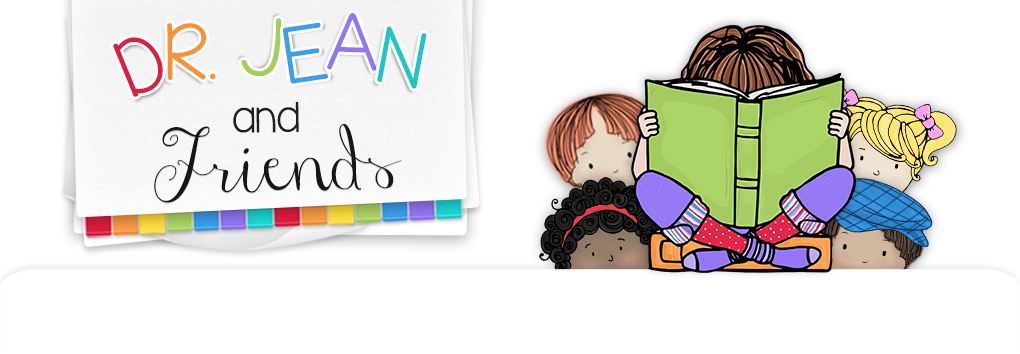It’s quiet.
It’s multi-sensory.
It’s engaging. (All I have to do is sing a song in sign language and I have children’s undivided attention.)
It’s good for differentiated instruction and for children who are non-English speakers.
It’s free and it’s simple.
It’s like bubblegum. Bubblegum? Yep! We need to figure out how to stick things in the brain, and sign language can provide that connection.
Sign language can be a powerful tool for classroom management.
Sign language can be a strategy to teach children how to communicate with friends and work through conflicts.
Sign language can provide ACTIVE LEARNING for skills and standards!

*Sign letters as you sing alphabet songs.
*Sign spelling words.
*Sign phonics.
*Learn signs for vocabulary words.
Alphabet Book
Make a class alphabet book where your students sign the letters.

SIGN LANGUAGE CENTER
Make a SIGN LANGUAGE CENTER with a pocket folder. Glue a copy of manual signs for letters on the inside of the folder. Write alphabet letters on index cards and place in the pocket. Children choose a card and then try to reproduce that sign. For older children, write sight words or spelling words on index cards for them to practice spelling manually.
Make a class alphabet book where your students sign the letters.

SIGN LANGUAGE CENTER
Make a SIGN LANGUAGE CENTER with a pocket folder. Glue a copy of manual signs for letters on the inside of the folder. Write alphabet letters on index cards and place in the pocket. Children choose a card and then try to reproduce that sign. For older children, write sight words or spelling words on index cards for them to practice spelling manually.





